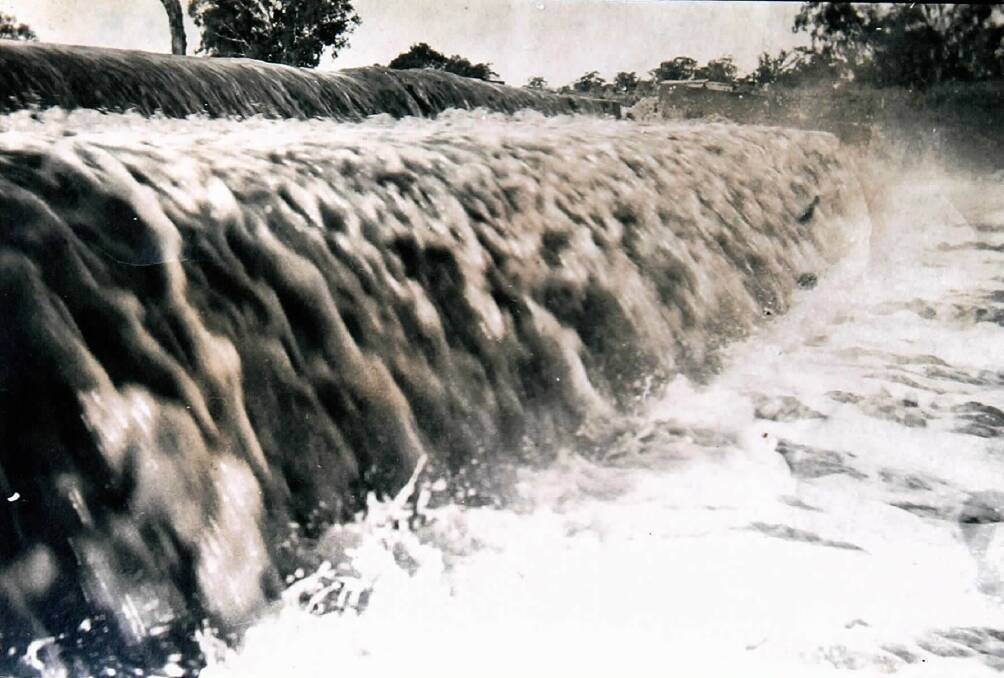
As Junee grew from 1878, so did other small settlements, some of which had started some years earlier but they all required the same essential thing which was water.
Subscribe now for unlimited access.
$0/
(min cost $0)
or signup to continue reading
There was very little permanent water in local creeks or no creeks at all and the first run holders or squatters built small dams in gullies or on creeks.
De Salis built several, including one on Houlaghans Creek near Jewnee House, but no evidence of that remains.
A government dam was placed on Houlaghans Creek, just upstream of the Jewnee Hotel, in 1864 but was washed away in the next flood.
In 1875, a new government dam, which cost $1200, was placed further upstream and capped with concrete. It was washed out sometime in the early 1900s and some of the concrete is scattered along the creek bed. This dam provided reliable water for the coach horses at the Junee Hotel and being on the north/south road, was used by travelling stock and bullock teams. It was also used for the growing of vegetables and for many years, was relied on by the small local community and surrounding district in dry times.
There was a position as Keeper of the Dam, who was responsible for collection of fees for its use. In 1892, that position was held by Thomas Egan. Thomas Hammond of the Jewnee Run also built a large dam on Houlaghans Creek, about 3km, which maintained a reliable water supply for his station and at times for others when their supplies failed.
Other dams were built on the creek, including Hurleys, which remains on Noorla and Wallacetown, which was built as a government dam in 1875 on the location of Leach’s Waterhole, still with an intact bank.
The Wallacetown Hotel and coach change station was also established there. It was difficult to obtain water for domestic use as many of the early buildings were roofed in bark or shingles.
Dam water was frequently the only option and had to be used sparingly. Washing clothes by hand was a big job and personal washing was less frequent than might be desirable.

